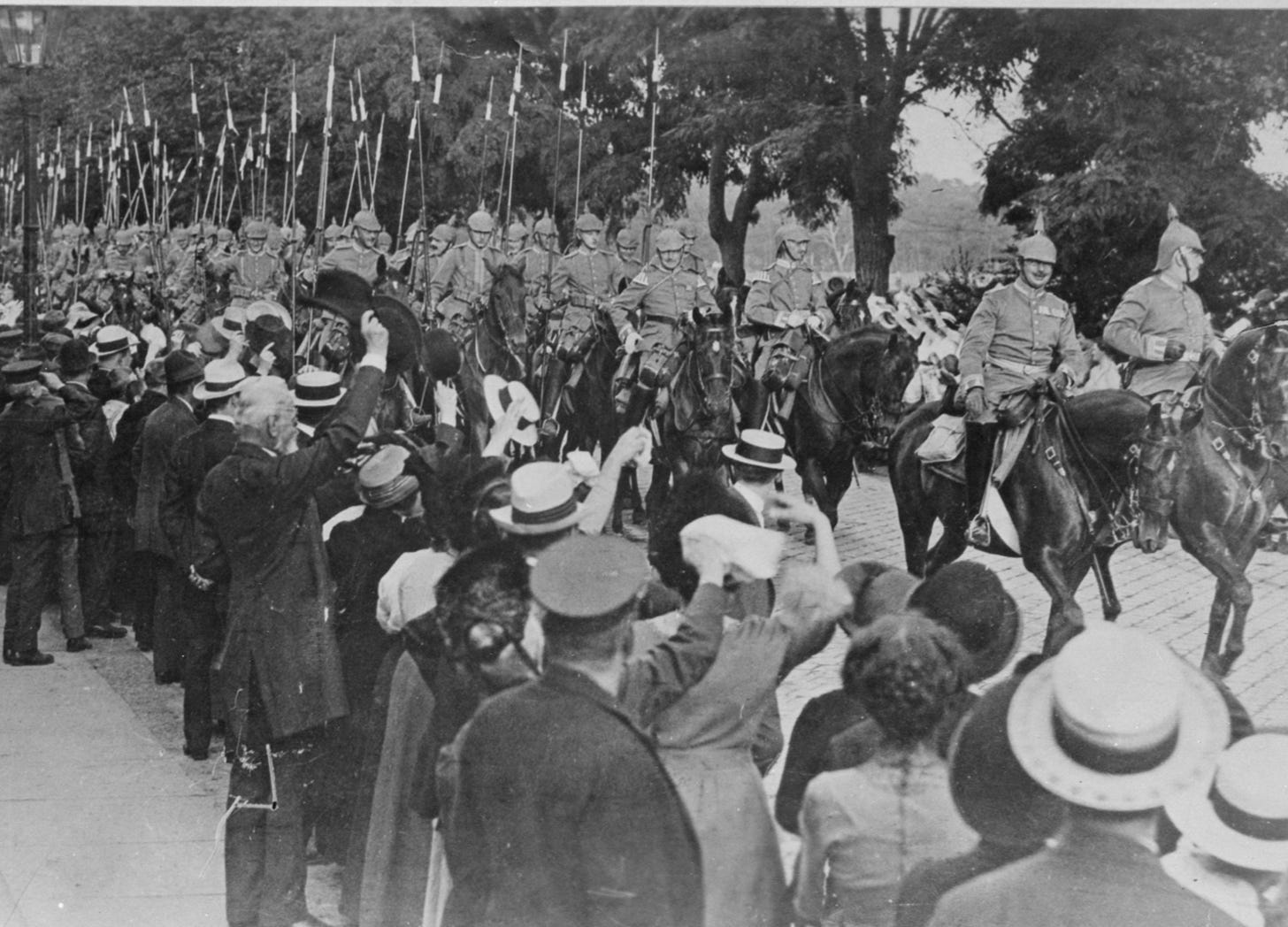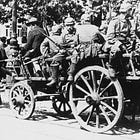Gray Tide in the East
The Great 'What If' of 1914
This series shares a starting point with Gray Tide in the East.1 Written by Andrew J. Heller a little more than a decade ago, that work of alternate history begins with the fateful meeting between Colonel General von Moltke and the Kaiser that took place on 1 August 1914. Like The Great “What If” of 1914, the Gray Tide in the East also depends heavily on the proposition, so ably defended by Hermann von Staabs, that the deployment of an army of a million men could, in fact, have been improvised.
Gray Tide in the East differs from The Great “What If” of 1914 in a number of respects, the greatest of which concerns the duration of what Mr. Heller calls “The Great European War.” Where I assume a very short war, Gray Tide in the East describes a conflict that lasts until the middle of 1915.
This difference, in turn, stems from different views concerning the cohesion of the French Republic and the role that Great Britain might play in the crisis. Where Gray Tide presumes the failure of the French offensive into Alsace and Lorraine would result in a lengthy stalemate, I entertain the possibility that a catastrophe of that sort would open old wounds in the French body politic. Where Mr. Heller describes a British government resigned to passivity, I imagine that Sir Edward Grey and his colleagues would take pains to end the war as soon as possible.
For Further Reading:
To Share, Subscribe, or Support:
I knew of, and, indeed, possessed a copy of, Gray Tide in the East long before I began writing The Great “What If” of 1914. I did not, however, read the aforementioned book until after I had posted the third installment of this series.





